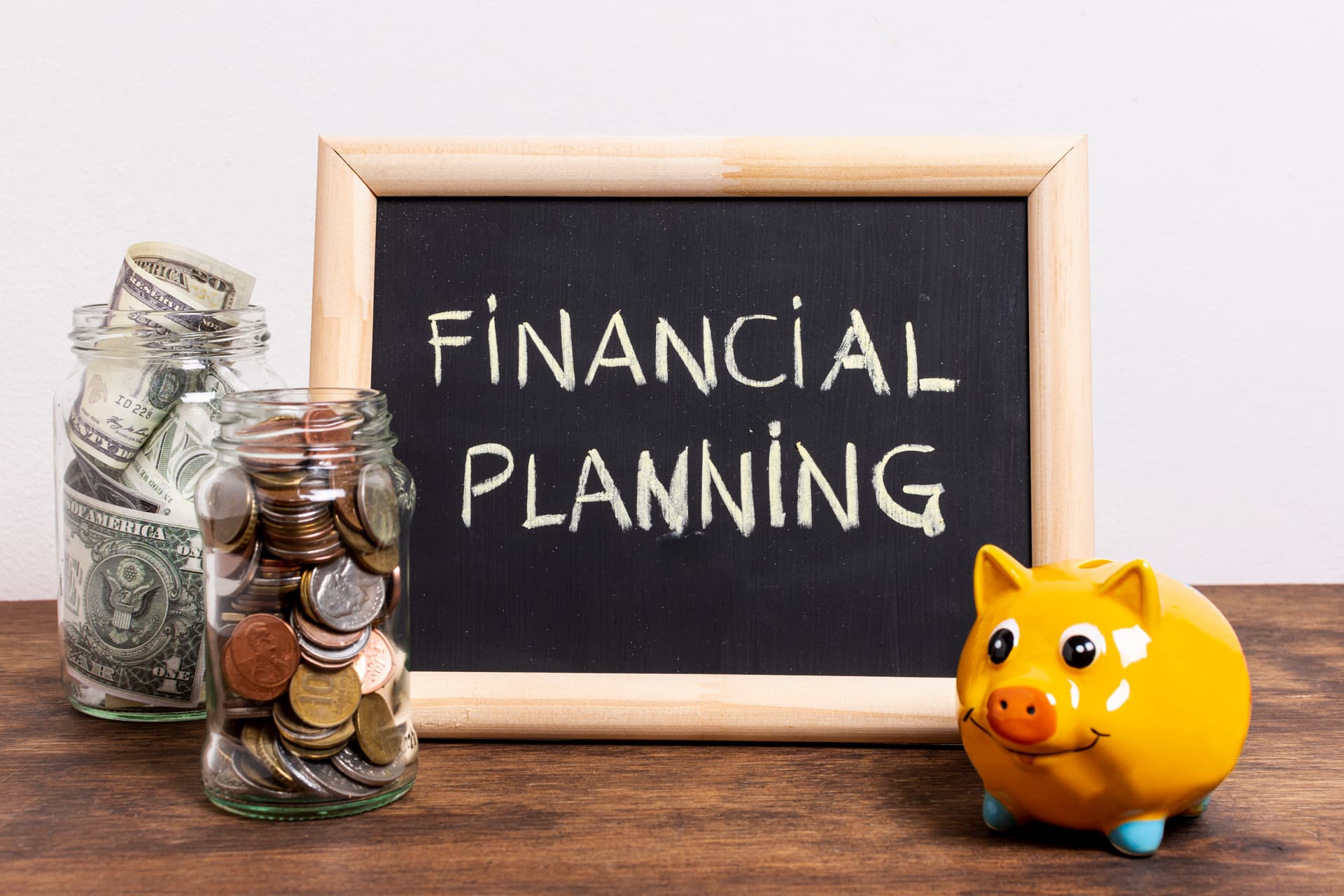How to Budget Your Money Wisely: 7 Simple Steps That Actually Work in 2025

Tired of feeling broke no matter how much you earn? Here’s the proven, practical way I learned to take control of my money — even with a small income — using these 7 steps that changed everything.
How to Budget Your Money Wisely: 7 Simple Steps That Actually Work in 2025
The Breaking Point: When I Realized My Money Was Controlling Me
I still remember the moment like it was yesterday.
It was a Monday morning, and I was standing in the checkout line at the grocery store, holding a $6 rotisserie chicken and a bag of rice. When the cashier told me my card was declined — again — I felt my face burn with embarrassment.
I mumbled something about using another card, but deep down, I knew what the problem was. I had no money. Not really. I was working 40 hours a week, living paycheck to paycheck, and constantly scrambling.
Budgeting your money wisely sounds like something they teach in college finance classes, not something a 29-year-old like me with student loans, rent, and a low income would ever master. But that day, I hit my breaking point.
Something had to change. And spoiler alert: it did.
Why Budgeting Felt Impossible (Until It Didn’t)
For years, I believed budgeting was for people who had “extra” money — not for people like me who were just trying to get by.
I’d open spreadsheets with color-coded tabs and try to follow YouTube tutorials. I’d download budgeting apps, enter my income and expenses, and then… forget about them.
The truth is, most budgeting advice feels robotic. It doesn’t speak to the emotional side — the stress, the shame, the overwhelm. I didn’t need another tool. I needed a reason.
Eventually, I stopped chasing the “perfect system” and just focused on doing one small thing at a time. That’s when it finally clicked.
Step 1: Face the Truth About Your Money
I started with something terrifying: I printed out my last three months of bank statements.
I went line by line, highlighting every single expense. It was shocking. I thought I didn’t spend much, but $8 coffee runs, $17 late-night food deliveries, and $40 subscription charges I didn’t even remember were eating me alive.
There were moments I laughed at my own absurdity, and moments I wanted to cry.
Facing the truth hurt. But it also gave me something I hadn’t felt in years: clarity.
If you need a crash course in building that clarity, here’s a detailed post I wrote on how I saved $1,500 in 3 months with just these tricks.
Step 2: Start with Just One Goal
My first goal wasn’t dramatic. I just wanted to stop overdrafting my account.
That’s it. No dreams of saving thousands. No early retirement plans. I just wanted to get through a month without getting that dreaded text from my bank.
Having that one clear mission made every budgeting decision simpler. Suddenly, I had a “why” behind my choices.
Want a powerful example? Check out how I started building wealth from just $3.
Step 3: Build a Real-Life Budget (Not a Spreadsheet Fantasy)
Here’s the truth: the first few budgets I made were total disasters.
What finally worked was a real-life budget — one that matched my rhythms, not some internet template.
At first, I used pen and paper. Eventually, I moved to apps like YNAB (You Need A Budget) and Goodbudget, but the notebook was where I learned what worked for me.
If you're starting from scratch with nothing, my other post on starting a home business with no money walks you through how I turned budgeting into action.
Step 4: Separate Needs from Wants (Without Feeling Deprived)
This was the hardest part. I was used to small splurges — a treat after work, a “bad day” Amazon order, a streaming binge. Telling myself “no” felt like punishment.
But I changed the way I asked myself questions.
Instead of “Can I afford this?” I asked:
“Is this helping me build the life I want?”
This mindset helped me understand why frugal living habits actually work — and how they can still include joy.
Step 5: Automate the Essentials
I used to dread bill-paying days. What if I forgot something? What if I overdrafted?
Automation saved me.
I used my bank’s auto-payment system for bills, and apps like Chime that round up purchases and stash the difference into savings.
Less stress. More savings. If you're curious how I used similar tricks to save $5,000 in one year, that post is a full breakdown.
Step 6: Budgeting on a Low Income: What Actually Worked for Me
If you’ve ever Googled “how to budget your money wisely on a low income,” you’ve probably found a bunch of unhelpful, tone-deaf advice like “cancel your gym membership.”
I lived on $2,200/month. Here's what worked:
- Meal planning: every Sunday
- Envelope method: physical cash for groceries
- Free activities: outdoor walks, library, community events
- Side gigs: I applied what I learned from this $100-to-$1,000 strategy to bring in extra income
Need more ideas for side income? See this: How this 54-year-old woman made $1,200/month using AI tools.
Step 7: Track Every Dollar (But Don’t Obsess)
Once I made it a weekly ritual — every Sunday with coffee and quiet — tracking became empowering. Not exhausting.
If you’re new to this, I wrote a full post on managing your salary wisely in the USA, even if you're working hourly or freelance.
What Changed After 90 Days of Real Budgeting
After just three months:
- I built a $400 emergency fund
- I stopped overdrafting
- I finally slept without financial panic
It wasn’t a miracle — it was intentional living. And it started with one budget.
Final Thoughts: Budgeting is Freedom, Not Restriction
If you’re overwhelmed or feel like budgeting is just another chore, remember this:
Budgeting isn’t punishment. It’s a plan for your peace.
It’s about saying yes — to yourself, your future, and your financial freedom.
Need help getting started? I recommend pairing this post with How to Start an Emergency Fund with No Savings.
FAQs
How do I start budgeting with no money?
Start by tracking every dollar you already spend. Use a notebook or a free app like Goodbudget. Then adjust based on what you discover.
What’s the best budget method for beginners?
The envelope method or 50/30/20 rule works great. Or start with cash stuffing if that feels more visual.
Can I budget effectively on minimum wage?
Yes, but you must be intentional. Learn from real examples of budgeting on low income and focus on controlling the controllables.
Do I need a budgeting app to manage my money?
Nope! Start with pen and paper if you want. But apps like YNAB and Chime can make it easier once you're ready.
How long does it take to see results from budgeting?
Most people feel mentally better within 2 weeks. Tangible results often start showing within 30 to 90 days, depending on your consistency.
👉 Read Next:
Related Posts

The 17 Principles of Creating Wealth That Changed My Life (Most People Ignore #5)
Building wealth isn’t just about money — it’s about mindset. These 17 powerful principles helped me go from broke to financially secure, and they can work for anyone willing to try.
Read Full Story
I Built an Emergency Fund From $0 in Just 30 Days — Here’s the Exact Plan I Followed
Broke, stressed, and unprepared — that was me a month ago. But in just 30 days, I went from zero savings to building my first emergency fund. Here’s the simple plan that actually worked.
Read Full Story
🔥 Devs Are Using These AI Tools to Code 10x Faster in 2025 — Why Aren’t You?
From Copilot to Codeium and beyond — discover how devs are shipping 40% faster, writing fewer bugs, and building smarter in 2025 using AI. This guide shows you the best tools, real-world use cases, and how to start right now.
Read Full StoryAdd a Comment
Recent Comments
Loading comments...